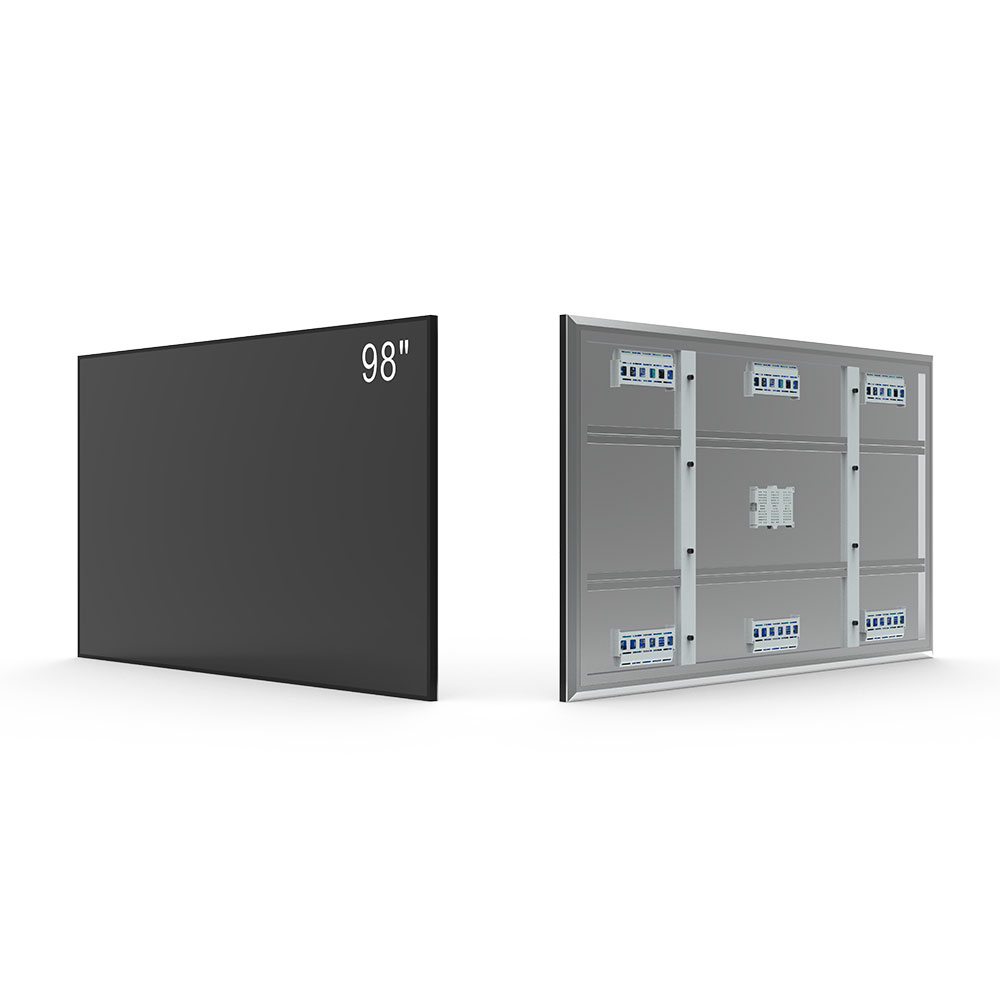- Home
- About Us
- Products
- News
- Video
- Contact
- Send Inquiry
Search
- Home
- About Us
- Products
- News
- Video
- Contact
- Send Inquiry

In today’s increasingly outdoor-centric world, high-brightness sunlight-readable LCD screens have become a critical technology across industries such as transportation, defense, healthcare, and industrial automation. These displays are engineered to remain legible under intense ambient lighting conditions—ranging from direct sunlight to harsh artificial light—where conventional LCDs fail due to glare and low contrast. This article explores the engineering principles, key components, real-world applications, and future innovations in high-brightness sunlight-readable LCDs, providing technical depth and practical insights for engineers, procurement specialists, and product designers.
The core challenge in designing these screens lies in overcoming luminance mismatch between the display and its environment. Standard LCDs typically operate at 250–350 cd/m² (candela per square meter), which is insufficient for outdoor use. In contrast, sunlight-readable LCDs must achieve brightness levels of at least 1,000 cd/m², with many military-grade or industrial models exceeding 5,000 cd/m². This is achieved through several technologies:
First, high-efficiency LED backlighting systems—often using RGB LEDs—are integrated into the display stack to boost brightness without increasing power consumption significantly. Second, advanced anti-reflective coatings on the front glass reduce surface reflections by up to 95%, minimizing glare. Third, polarized filters and optimized liquid crystal materials improve contrast ratios even under bright daylight, often reaching 10,000:1 or higher.

For example, the U.S. Department of Defense mandates MIL-STD-810G compliance for all field-deployable electronics, including displays that must function in extreme temperatures (-40°C to +71°C) and high humidity. Manufacturers like LG Display, Sharp, and EIZO produce panels that meet or exceed these standards using ruggedized encapsulation and thermal management techniques such as heat sinks and dynamic brightness control.
Real-world case studies further validate performance. A leading construction equipment manufacturer integrated a 4,000 cd/m² sunlight-readable LCD into their excavator control system. Field tests in desert environments showed 99.8% readability during midday sun, compared to 65% for standard displays. Similarly, in medical applications, portable diagnostic devices equipped with high-brightness screens enable accurate readings in emergency vehicles under direct sunlight—a critical factor in trauma care settings.
Future trends point toward OLED-based solutions for higher contrast and thinner form factors, though current OLEDs still face challenges in achieving consistent brightness above 3,000 cd/m². Additionally, AI-driven adaptive brightness algorithms that dynamically adjust screen output based on ambient light sensors are gaining traction, offering both energy efficiency and user comfort. Standards like ISO 9241-31 (Human-centered design for interactive systems) are also influencing next-gen design paradigms, emphasizing usability in demanding outdoor environments.

From manufacturing best practices to regulatory compliance, understanding high-brightness sunlight-readable LCDs ensures better ROI, safety, and operational continuity in outdoor and mobile applications. Whether designing for public transit kiosks, military command centers, or solar-powered IoT devices, this technology remains indispensable for modern human-machine interfaces.
